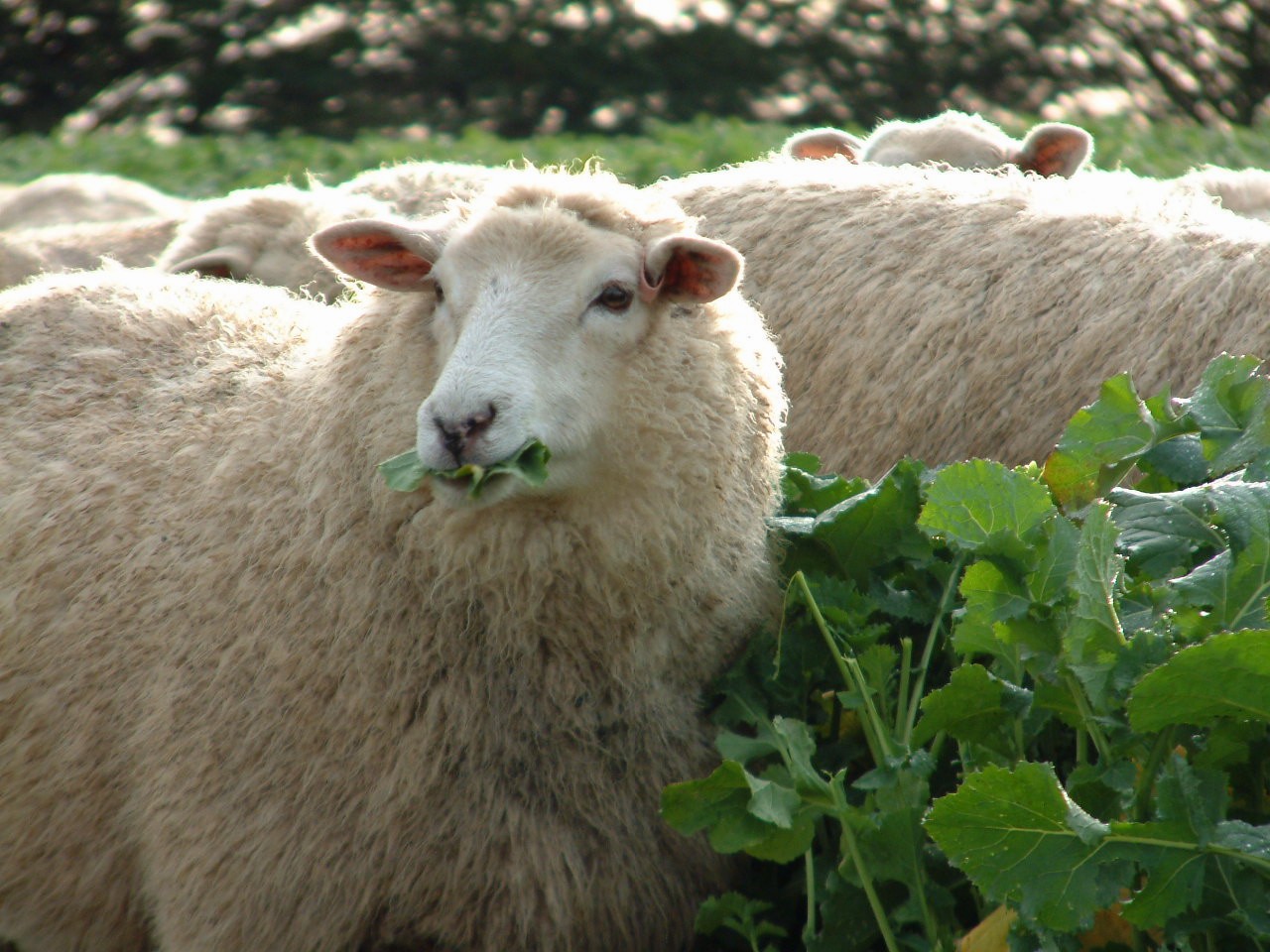Diet is key to successful outwintering
Friday, 31 July 2020
Managing outwintered livestock starts with the transition or change of diet. This is important because forage crops differ in composition to grass, and the rumen microbes need time to adapt. It also allows the stock to adapt to foraging rather than grazing, particularly for root crops, and potentially reduce the chance of any weight loss.
Key points for the crop transition include:
- Transition slowly over 10–15 days
- Start by introducing stock to the crop on full stomachs for a couple of hours a day
- Gradually increase the time on the crop per day until they have unrestricted access
It is likely that some animals will not adapt to eating the crop, which might not be obvious during this transition, so keep monitoring the stock.
Once stock have unrestricted access to the crop, it is beneficial to measure forage crop yield weekly to ensure allocation is accurate for the stock requirements and weather conditions. Although crops differ, assume that 85% of the crop will be utilised when allocating feed. Similarly, wastage of silage or hay can be up to 50%, so ensure there are plenty of bales. Remember that grass silage or hay intake should be 30–35% of the total DM when feeding to help prevent bloat or rumen acidosis.
Top tips for outwintering include:
- Strip grazing improves utilisation
- Offer fresh crop every day
- Providing a long, narrow feed fence so all animals feed at the same time can maximise intakes
- Portable water troughs and back fencing can reduce poaching across the field
- Grazing from the top of a slope downhill can reduce P loss by 80% and soil and N loss by 90%
- A dry lying area for stock can be a grass run-back, headland, or straw area
For more information, see Managing outwintered animals and options for outwintering sheep.


